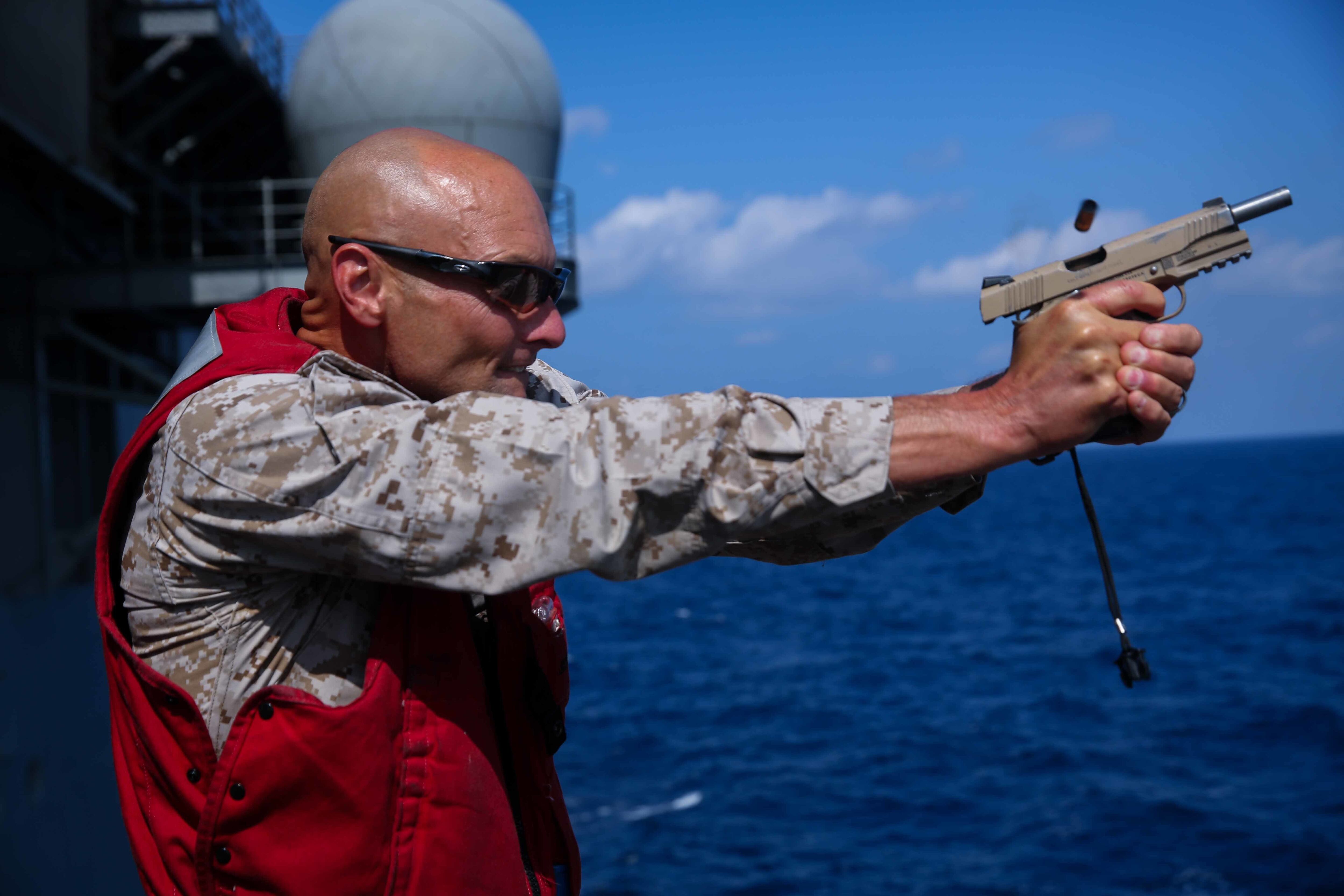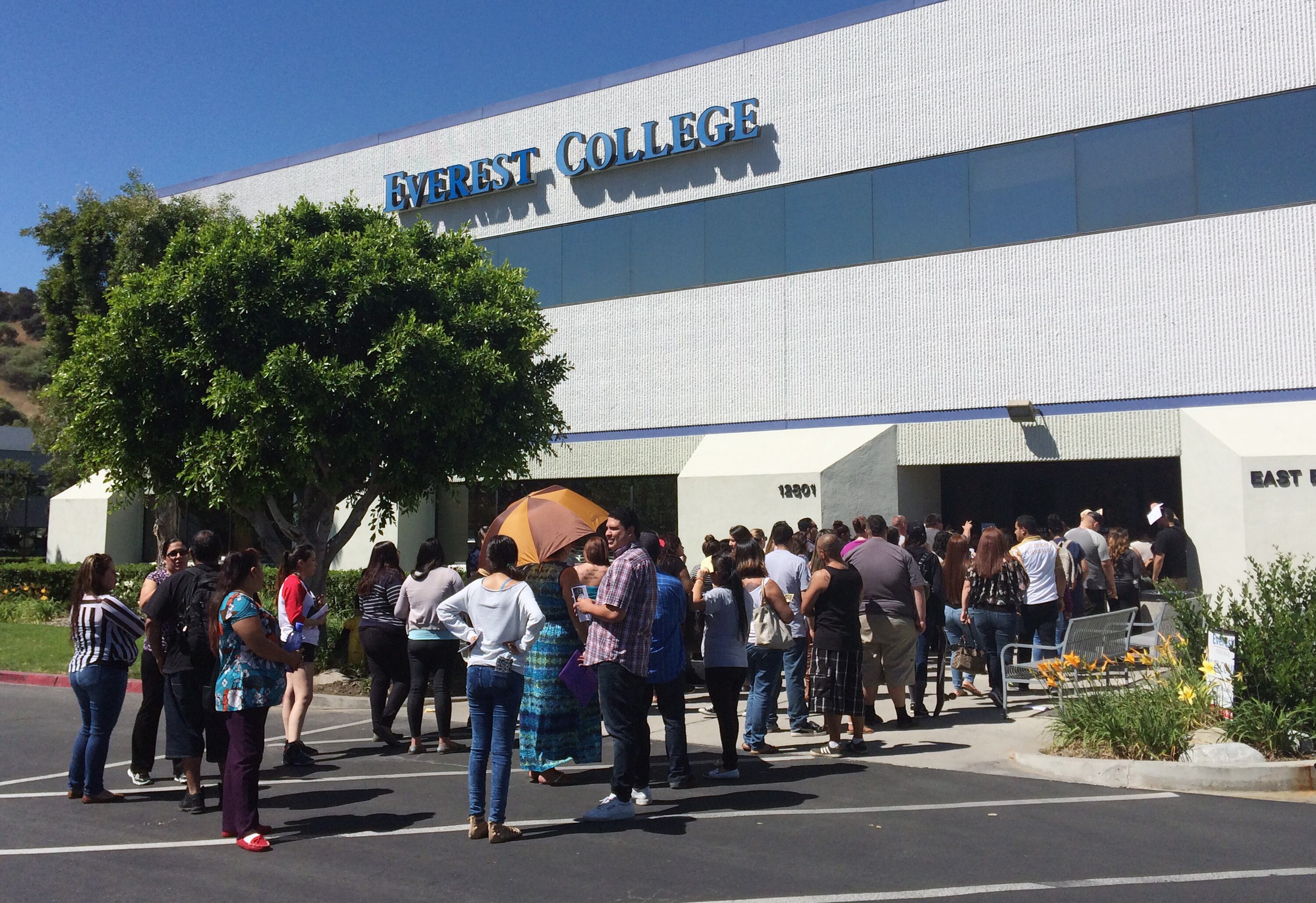Corps leaders Marine officials say they expect deployment with a team of special operators aboard to become standard practice for Marine expeditionary units to regularly deploy with teams of special operators after the concept proved successful during a recent pump to the Pacific and Middle East. proof-of-concept pump with the 11th MEU.
During the 11th MEU's During its seven-month deployment, which concluded in late February, the West Coast-based unit MEU participated in 31 joint missions. They teamed with with theater special operations forces in two combatant commands Pacific and Middle East for both training and real-world operations.
The collaboration was made possible, MEU officials said, because of the unit's six-man Special Operations Forces Liaison Element. The team, led by a Marine Corps Forces Special Operations Command MARSOC officer, included and populated with enlisted troops from across the SOF community.
The 11th MEU's deployment was the first in a two-part proof of concept for the SOFLE that will conclude with the 24th MEU's return this summer. In the meantime, U.S. Special Operations Command and the Marine Corps are moving forward with plans to make the initiative a program of record. Plans to attach SOFLE teams to the 15th, 26th and 13th MEUs for upcoming deployments are underway, said Lt. Col. Andrew Christian, officer in charge of the 11th MEU's SOFLE.

Lt. Col. Andrew Christian led the Special Operations Force Liaison Element that recently deployed with the 11th Marine Expeditionary Unit. Christian is shown here engaging a target at a pistol range aboard the amphibious assault ship Makin Island in January.
Photo Credit: Cpl. Evan White/Marine Corps
The MEU's commander, Col. Matthew Trollinger, the MEU's commander, said joint SOF/MEU missions had included a bilateral visit, board, search and seizure training in Bangladesh. They also participated in and subject matter expert engagements with chemical, biological, radiological and nuclear warfare troops in Cambodia, and with joint fires experts in the Philippines. Other missions
"We did a lot of good work with [Special Operations Command Pacific] ... missions that would not have gotten filled otherwise because they didn't have the capacity," Trollingerhe said.

The deployment also revealed that the SOFLE could operate when split between two ships or afloat and ashore.
Christian said the SOFLE, which deployed aboard together on the amphibious assault ship Makin Island, had split into two three-man "alpha" and "bravo" elements. That allowed so that part of the team to could go ashore in Djibouti to conduct "some presidential-directed missions that were very sensitive that SOF was executing."
That mission, he said, had revealed the need for additional communications requirements to ensure the team would stay linked in any configuration the mission might require, Christian said.
Other recommendations to develop the SOFLE concept, he said, , Christian said, might include slightly altering the makeup of the team to include another communications or intelligence specialist, as those capabilities were in high demand during the deployment. Other tweaks might include adjustments to the rank structure within the SOFLE, he said. But the six-man size is unlikely to change, he said, and the core mission and purpose of the team will remain a constant.
For future MEU deployments, Christian suggested that the training schedule may also change slightly. The members of the SOFLE were with the MEU for every at-sea period of its six-month workup, which proved to be a strain for SOF members with home stations far from the 11th MEU's base in Camp Pendleton, California home.
"We probably overdid it with us to make sure it was successful the first time out of the chute," Christian said. "I think they might downscale a little bit or just look for ways that you can get a little bit smarter and more effective. Maybe you don't need the SOFLE at every single at sea period. Maybe you do two and then put them on the boat."





